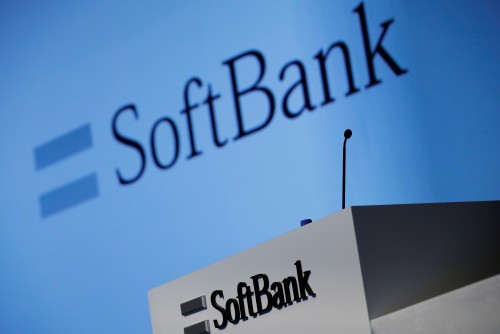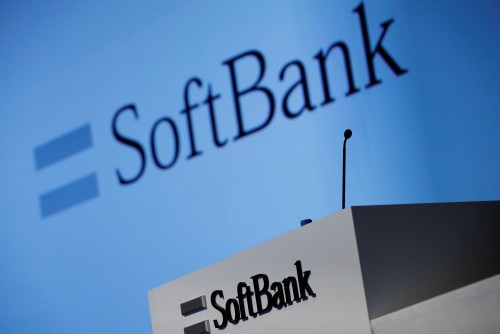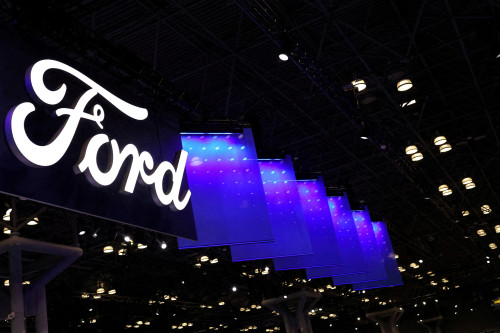By Anton Bridge
TOKYO (Reuters) -Japan’s SoftBank Group swung to a 1.18 trillion yen ($7.7 billion) net profit in the three months to September, as the tech giant benefited from higher share prices of listed companies in its Vision Fund investment vehicles.
The results handsomely beat expectations for a 287 billion yen ($1.87 billion) profit based on the average of four analyst estimates compiled by LSEG, and compare with a loss of 931 billion yen in the same period last year.
The results show SoftBank’s more cautious approach to investment is bearing some fruit. Masayoshi Son’s investing juggernaut was forced into a prolonged period of retrenchment when interest rate hikes caused the value of its holdings in high-growth tech start-ups to crater.
Now some of these valuations are beginning to recover, pushing the Vision Fund unit to an investment gain of 608 billion yen. The unit has been in the black in four of the last five quarters.
“After we were making large losses in the Vision Funds, we were very conservative. So now we were able to generate good profits as a result of learning from that,” SoftBank Chief Financial Officer Yoshimitsu Goto said. “Our investment gains were very strong this quarter.”
He said he had high hopes for companies in SoftBank’s investment portfolio that were getting closer to public listings.
Goto also said he would be watching the impact on its portfolio of any tariffs levied against China by the incoming Donald Trump administration, though the group has reduced its direct China exposure in recent years.
Some of the Vision Funds’ largest holdings, such as ride hailing giant Didi, are based in China or have large operations there, but as disruptive companies they are less affected by government policies, Vision Fund CFO Navneet Govil said in an interview.
“The types of companies we’re investing in are not as sensitive to the administration that’s in power,” Govil told Reuters. He said the Vision Funds began investing in 2017, during Trump’s first presidency.
The two Vision Funds fully or partially exited investments worth $1.85 billion. They fully exited 10 portfolio companies including Chinese artificial intelligence firm SenseTime and India’s payment firm PayTm.
SoftBank and its Vision Fund investment vehicles have had few opportunities to cash out amid a muted IPO market, with the exception of the blockbuster listing of chip designer Arm in September 2023.
But in the quarter just passed, listings of Brainbees Solutions, which operates Indian retailer FirstCry, and electric motorbike maker Ola Electric Mobility, generated a combined gross gain of over $1 billion.
The principal contributors to the bottom line in the quarter were Didi and South Korean e-commerce company Coupang, which drove an investment gain at Vision Fund 1 to $2.76 billion.
Vision Fund 2, with its broader roster of early stage tech startups, made a smaller $800 million yen quarterly investment gain, and the group also booked a $2.5 billion investment gain from its stake in T-Mobile.
While Vision Fund 1 has had a gross gain of $22.6 billion since inception this has been largely offset by Vision Fund 2’s $21 billion loss.
Nevertheless, the cumulative return on investments for the two funds was positive for the first time since the first quarter of 2022.
Vision Fund 2 also invested $500 million in OpenAI in a funding round that valued the ChaGPT operator at $157 billion, a number Goto described as appropriate given its business model.
Vision Fund CFO Govil said that despite the lofty headline figure, OpenAI’s valuation based on its forward revenue multiple was in line with other high growth software as a service companies in which the Vision Funds would invest.
A recovery of the yen against the dollar over the quarter generated a gain of 289 billion yen as dollar-denominated liabilities could be funded more readily in yen.
($1 = 153.6400 yen)
(Reporting by Anton Bridge; Editing by David Dolan, Kim Coghill and Tomasz Janowski)







